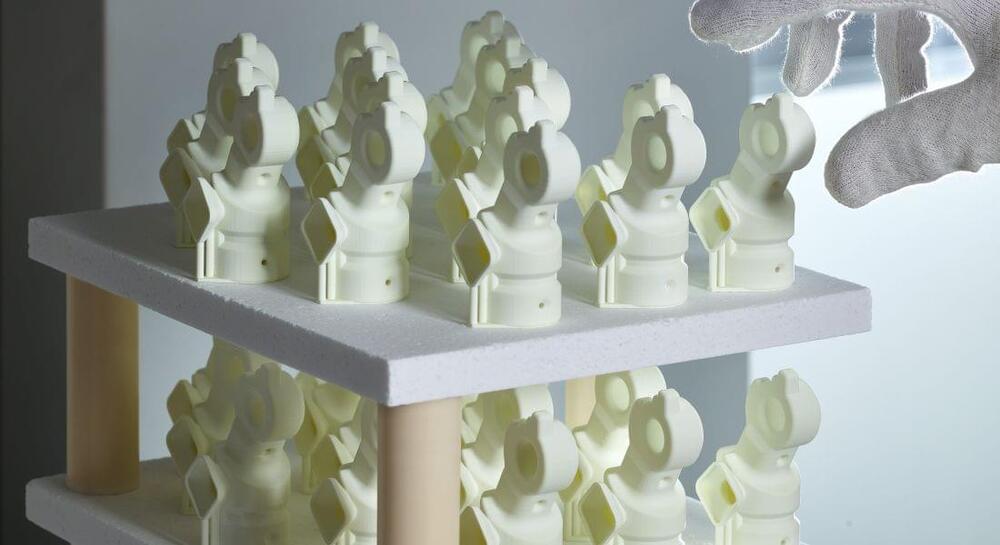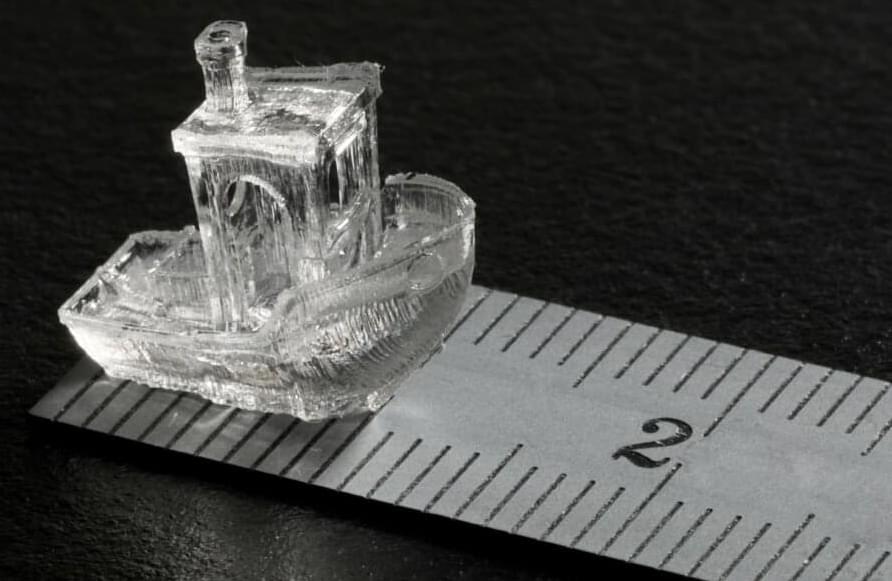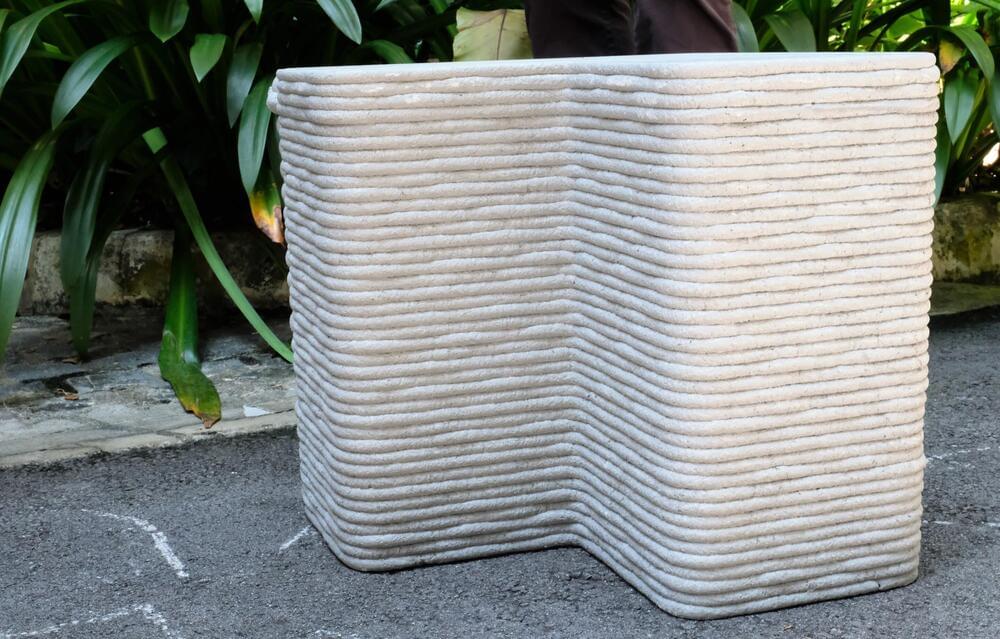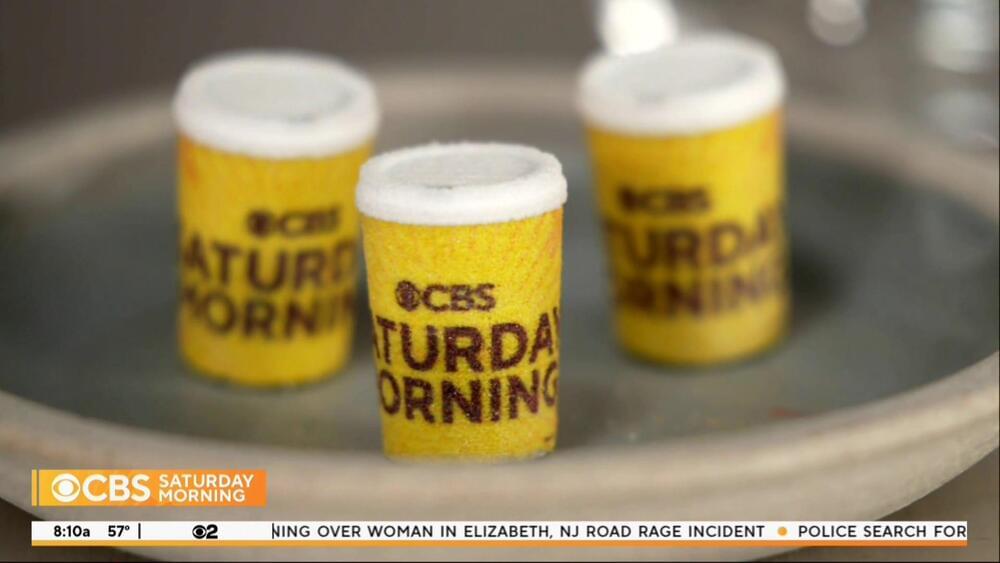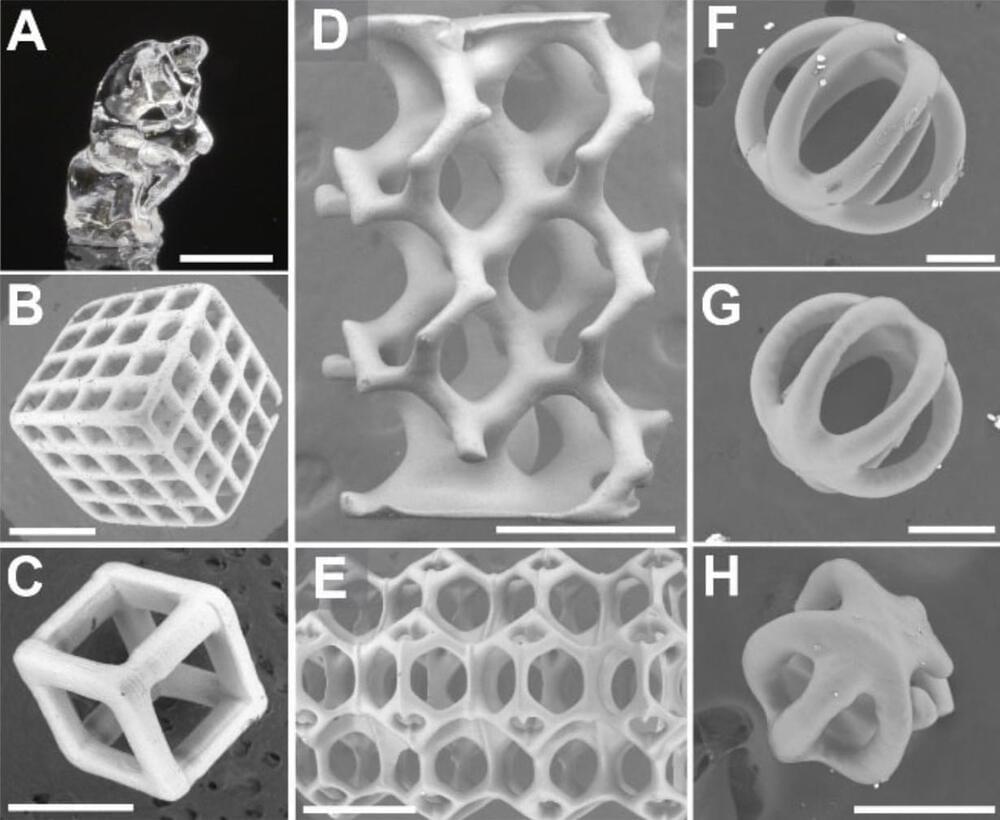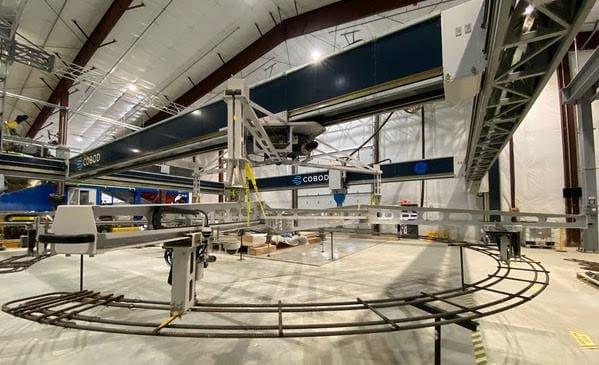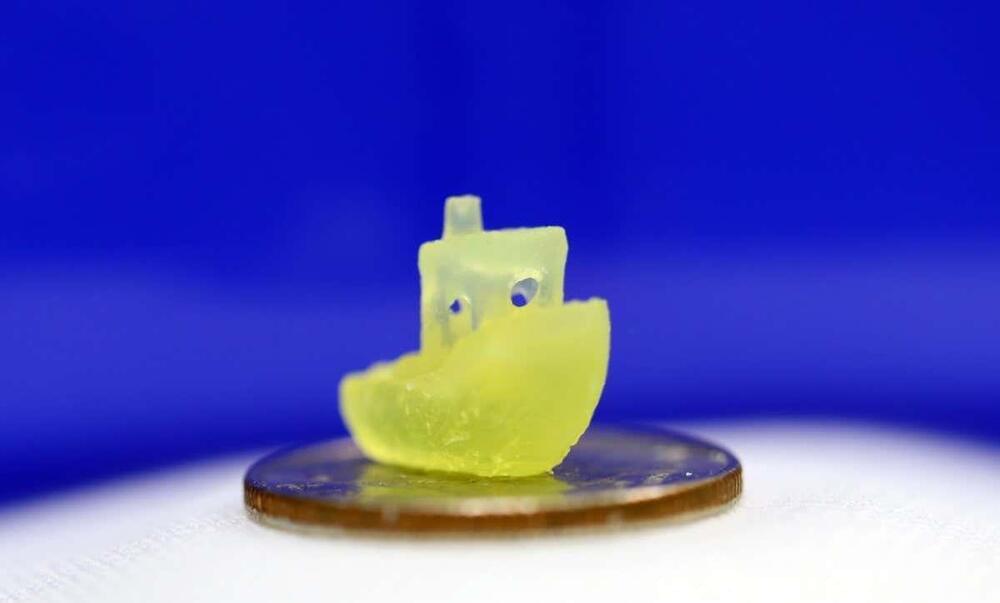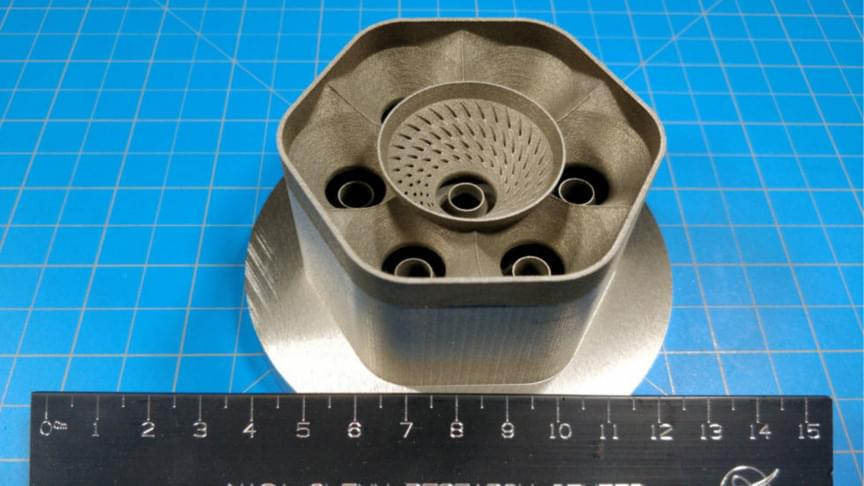May 5, 2022
Ceramic 3D Printing Capabilities Expand with New Admatec Debinding and Sintering Equipment
Posted by Shubham Ghosh Roy in categories: 3D printing, materials
Admatec has steadily been increasing its 3D printing capabilities, taking its slurry-based digital light processing (DLP) process further. First it expanded from resins loaded with ceramic particles to those loaded with metal particles. It then increased the build volume of its Admaflex300 3D printer. Now, the company has introduced a new integrated debinding and sintering furnace with a larger work volume.
The majority of ceramic 3D printing processes rely on the use of a photopolymer slurry loaded with ceramic particles. Once printed, these green parts first go through a debinding process, in which the photopolymer material is removed, followed by sintering, causing the part to become fully dense.
